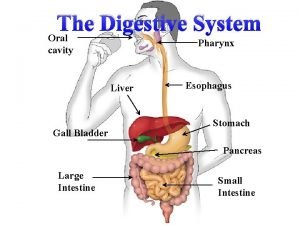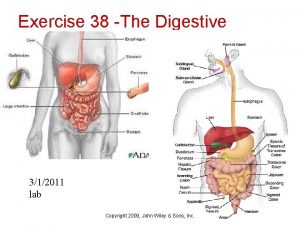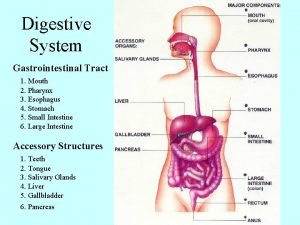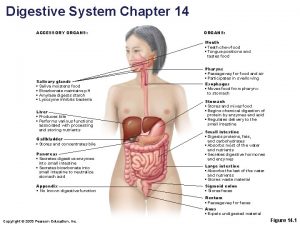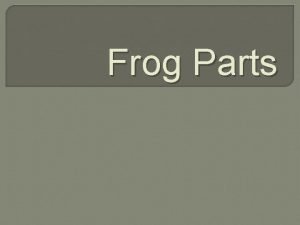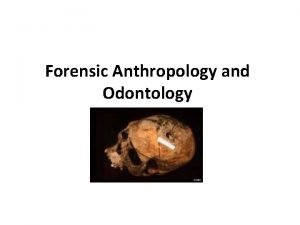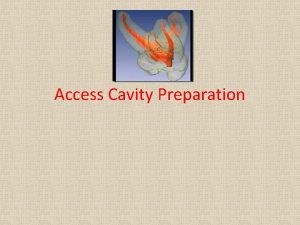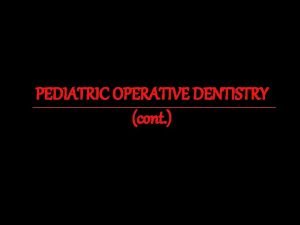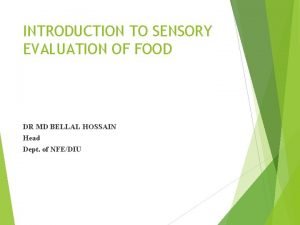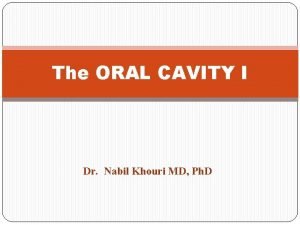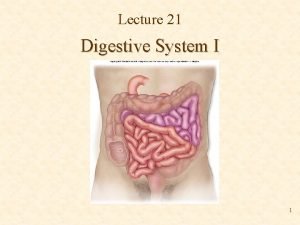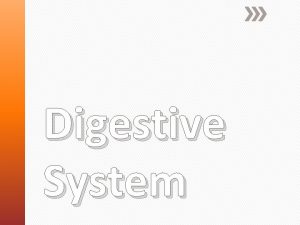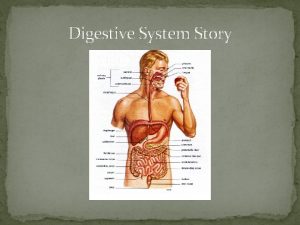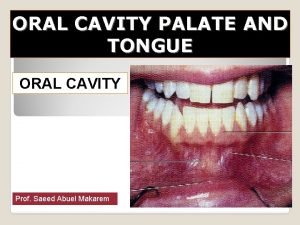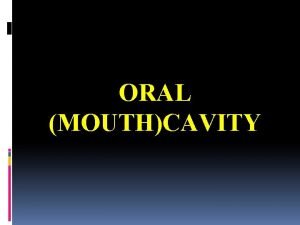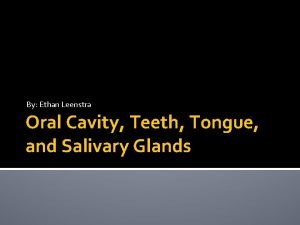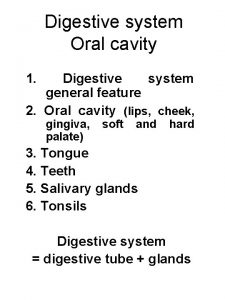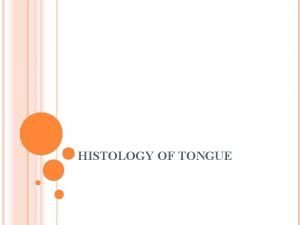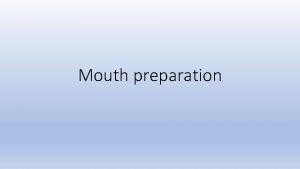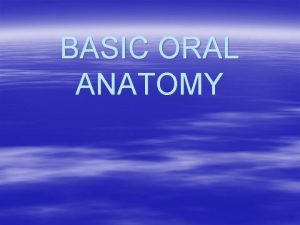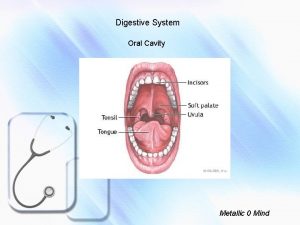Digestive System Oral Cavity Mouth Teeth tongue and



















- Slides: 19

Digestive System

Oral Cavity (Mouth) • Teeth, tongue and salivary glands begin mechanical and chemical digestion


Salivary Glands • Made up of 2 types of secretory cells –Serous cells produce a watery secretion containing enzymes, ions and a tiny bit of mucin –Mucous cells produce a stringy, viscous solution called mucous

Composition of Saliva • • Slightly acidic (p. H 6. 75 -7. 00) 98% water Electrolytes (Na+, K+, Cl-, PO 4 -, HCO 3 -) Salivary amylase – digests carbs Mucin – lubricates food Lysozyme – inhibits bacterial growth Ig. A - antibodies Metabolic Wastes – urea and uric acid

Esophagus Peristalsis – muscular contractions that push bolus to stomach

Stomach • Muscular sac where protein digestion begins • Has volume of 50 ml empty to 4 L (1 gallon) full

Gastric Bypass Surgery

What happens in the stomach? • Churning action mechanically breaks down food • HCl denatures proteins to prepare for digestion • Pepsin chemically digests proteins • Intrinsic factor is secreted – needed for vit. B 12 absorption in small intestine • Food is changed into a creamy paste called chyme

Pyloric Sphincter Controls Chyme Delivery to Small Intestine Slow delivery of chyme is necessary because… –Chyme is very hypertonic –Chyme has low p. H

Accessory Organs for Digestion • Liver – makes bile which emulsifies fats • Gallbladder – stores bile and delivers it to small intestine • Pancreas – creates digestive enzymes to complete digestion and secretes bicarbonate to neutralize the acidic contents of the stomach

What is Bile? ? • Bile salts emulsify fats (makes small droplets) and helps fat absorption • Bilirubin is the breakdown product of hemeglobin (green). The breakdown product of bilirubin gives feces its brown color. • The liver produces 500 -1000 ml daily

Small Intestine • Duodenum – (25 cm) bile duct and pancreatic duct attach here • Jejunum (2. 5 m) • Ileum (3. 6 m) – Chemical digestion is completed and absorption of nutrients occurs here – It takes 3 -6 hours for chyme to travel through

Segmentation – mixes and moves the chyme

Intestinal surface area for absorption is 200 m 2 Villi

Large Intestine • Absorbs water from indigestible food residue and eliminates semisolid feces. • Subdivisions: • Cecum • Appendix • Colon • Rectum • Anal canal

Bacterial Flora • Colonize the colon and ferment indigestible carbohydrates like cellulose • Synthesize B complex vitamins and Vitamin K

USDA – United States Department of Agriculture My Pyramid Plan

EXERCISE VEGGIES GRAINS OILS FRUITS MEAT & BEANS MILK
 Orbital body
Orbital body Larynx function in digestive system
Larynx function in digestive system Exercise 38
Exercise 38 Large intestine histology
Large intestine histology Function of mouth in digestive system
Function of mouth in digestive system Mechanism of digestive system
Mechanism of digestive system Sucking mouth and rasping tongue is present in
Sucking mouth and rasping tongue is present in Function of vomarine teeth
Function of vomarine teeth How many teeth do adults have
How many teeth do adults have Ventral body cavity
Ventral body cavity Thoracic cavity and abdominal cavity
Thoracic cavity and abdominal cavity Vesicouterine pouch function
Vesicouterine pouch function What is peritoneal cavity
What is peritoneal cavity Site:slidetodoc.com
Site:slidetodoc.com Sparknotes othello act 2
Sparknotes othello act 2 Canine access cavity
Canine access cavity Isthmus in class 2 cavity
Isthmus in class 2 cavity The qualities felt with the finger, tongue, palate or teeth
The qualities felt with the finger, tongue, palate or teeth Teeth marks on tongue
Teeth marks on tongue Pharynx to esophagus
Pharynx to esophagus

